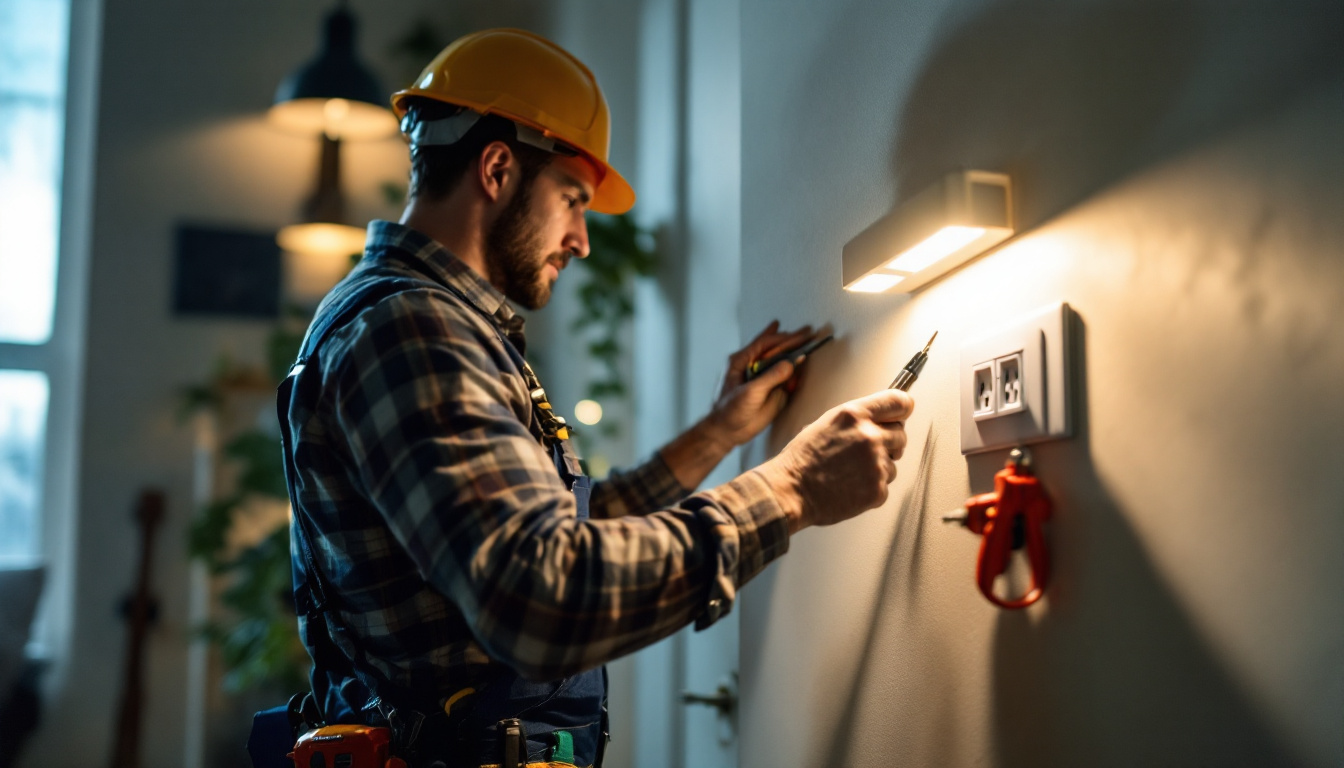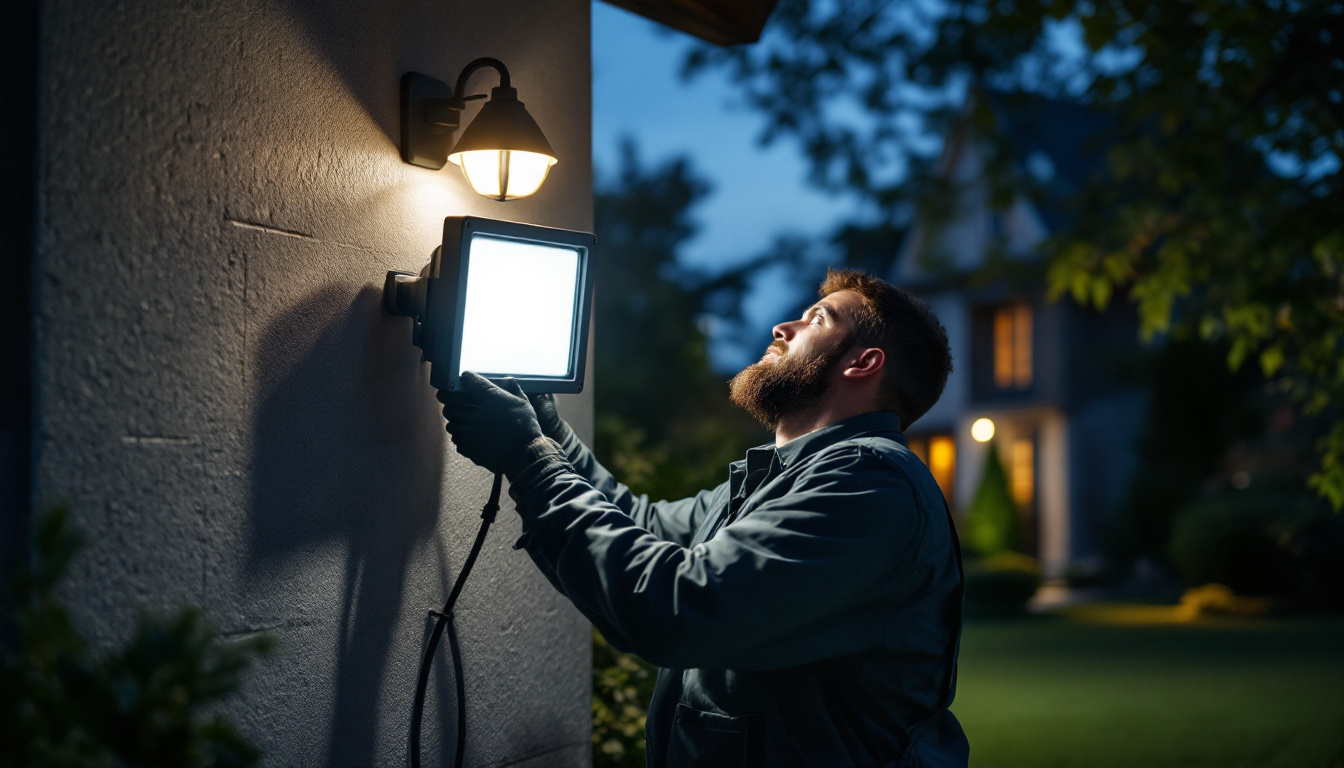
Electrical wall outlets are a fundamental component of any electrical installation, particularly in residential and commercial lighting projects. For lighting contractors, mastering the intricacies of wall outlets not only enhances the quality of their work but also ensures safety and compliance with local codes. This article explores the essential aspects of electrical wall outlets that every lighting contractor should know, from types and installation techniques to troubleshooting and safety considerations.
Before diving into the specifics of installation and troubleshooting, it’s vital to understand what electrical wall outlets are and how they function. An electrical wall outlet, also known as a receptacle, is a point in an electrical system where current can be drawn from a circuit to power devices. They come in various configurations and designs, tailored to meet different electrical needs. The design and functionality of outlets have evolved significantly over the years, reflecting advancements in technology and changes in user requirements. Today’s outlets not only provide power but also integrate safety features and convenience options that cater to the modern lifestyle.
There are several types of electrical outlets, each serving unique purposes. The most common types include:
Additionally, there are specialty outlets designed for specific applications. For instance, 240-volt outlets are used for high-powered appliances like dryers and electric ranges, while twist-lock outlets are common in industrial settings where secure connections are necessary. Understanding these variations is essential for selecting the right outlet for your needs, ensuring both safety and functionality in your electrical installations.
Understanding the components of an outlet is essential for effective installation and troubleshooting. A standard outlet consists of:
In addition to these primary components, many outlets also feature built-in safety mechanisms, such as tamper-resistant shutters that prevent foreign objects from being inserted into the sockets. This is particularly important in homes with young children, as it significantly reduces the risk of electrical accidents. Furthermore, some outlets may include indicator lights to signal proper functioning or alert users to potential issues, enhancing the overall safety and usability of the electrical system.
Proper installation of electrical wall outlets is crucial for both functionality and safety. Lighting contractors must adhere to best practices to ensure that outlets are installed correctly and efficiently.
Before beginning any installation, careful planning is essential. This involves understanding the layout of the space, determining the number of outlets required, and ensuring compliance with local electrical codes. Consideration should also be given to the types of devices that will be plugged into the outlets, as this will influence the type of outlet chosen. For instance, in areas prone to moisture, such as kitchens and bathrooms, GFCI outlets are necessary to prevent electrical shock. Additionally, assessing the load requirements for each outlet can help in deciding the circuit capacity, which is vital for preventing overloads and potential hazards.
Having the right tools and materials on hand can streamline the installation process. essential tools include:
Additionally, ensure that the selected outlets are appropriate for the intended use, whether they are standard, GFCI, or smart outlets. Smart outlets, for example, can provide added convenience and energy efficiency, allowing users to control devices remotely via smartphone apps. It’s also wise to stock up on electrical tape and wire nuts, as these materials are essential for ensuring secure and insulated connections during the installation process.
The installation process can be broken down into several key steps:
After the installation is complete, it’s advisable to test each outlet with a voltage tester to ensure proper functionality. This step not only confirms that the outlet is working but also helps identify any potential wiring issues that may need to be addressed. Furthermore, educating clients about the importance of regular inspections and maintenance can enhance the longevity of the installations, ensuring that their electrical systems remain safe and efficient over time. Lighting contractors should also stay informed about the latest advancements in electrical technology, as new products and methods can improve both safety and performance in residential and commercial settings.
Safety should always be a top priority for lighting contractors when working with electrical outlets. Understanding potential hazards and following safety protocols can prevent accidents and ensure compliance with regulations.
Every region has specific electrical codes that govern the installation and use of electrical outlets. Familiarity with these codes is essential for lighting contractors. They dictate the placement of outlets, the types of outlets that can be used in certain areas, and the required safety features, such as GFCI protection in wet locations.
Using appropriate personal protective equipment is crucial when working with electrical systems. Essential PPE includes:
These items help protect against electrical shocks and other injuries that may occur during installation.
After installation, it’s vital to test the outlets to ensure they are functioning correctly. Using a voltage tester can help verify that power is flowing properly. Additionally, GFCI outlets should be tested using the built-in test button to ensure they trip correctly, providing the necessary protection against electrical shock.
Some common issues that may occur with electrical outlets include:
When faced with outlet issues, follow these troubleshooting steps:
While many issues can be resolved with troubleshooting, some situations require the expertise of a licensed electrician. If there are signs of serious electrical problems, such as burning smells, frequent tripping of breakers, or if the outlet is part of a larger electrical issue, seeking professional help is essential to ensure safety and compliance with electrical codes.
The field of electrical installations is constantly evolving, and staying updated on emerging trends can give lighting contractors a competitive edge. Understanding these trends can help contractors provide better service and meet the changing needs of clients.
As smart home technology continues to gain popularity, the demand for smart outlets is on the rise. These outlets can be controlled remotely through smartphones or home automation systems, allowing users to manage their energy consumption more effectively. Lighting contractors should familiarize themselves with the installation and configuration of smart outlets to meet client demands.
With a growing focus on energy efficiency and sustainability, outlets that promote energy-saving practices are becoming more prevalent. This includes outlets with built-in energy monitoring capabilities, which can help users track their energy usage and reduce waste. Lighting contractors can play a pivotal role in guiding clients toward energy-efficient solutions.
As the number of portable electronic devices continues to rise, USB outlets are becoming increasingly popular. These outlets provide a convenient way to charge devices without the need for adapters. Lighting contractors should consider incorporating USB outlets into their designs, especially in areas where charging devices is common, such as kitchens and living rooms.
Mastering electrical wall outlets is an essential skill for lighting contractors. By understanding the different types of outlets, adhering to proper installation techniques, prioritizing safety, and staying informed about emerging trends, contractors can enhance their service offerings and ensure client satisfaction. As the electrical landscape continues to evolve, ongoing education and adaptation will be key to success in this dynamic field.
Ready to elevate your lighting projects with the highest quality electrical outlets and lighting accessories? Look no further than LumenWholesale, where we provide contractors with spec-grade lighting products at unbeatable wholesale prices. Say goodbye to local distributor markups and hello to superior lighting solutions that meet the highest industry standards. With our hassle-free bulk buying and free shipping, you can trust that you’re getting the best value without any hidden fees. Enhance your service offerings with reliable, high-performance lighting from LumenWholesale. Wholesale Lighting at the Best Value is just a click away.

Discover how daylight fluorescent tubes are revolutionizing the lighting industry for contractors.

Discover essential insights into outdoor LED flood lights that every lighting contractor needs to know.

Discover essential insights into solar bulbs for garden lighting, tailored for lighting contractors.

Discover the art of illuminating outdoor dining spaces with our comprehensive guide tailored for lighting contractors.